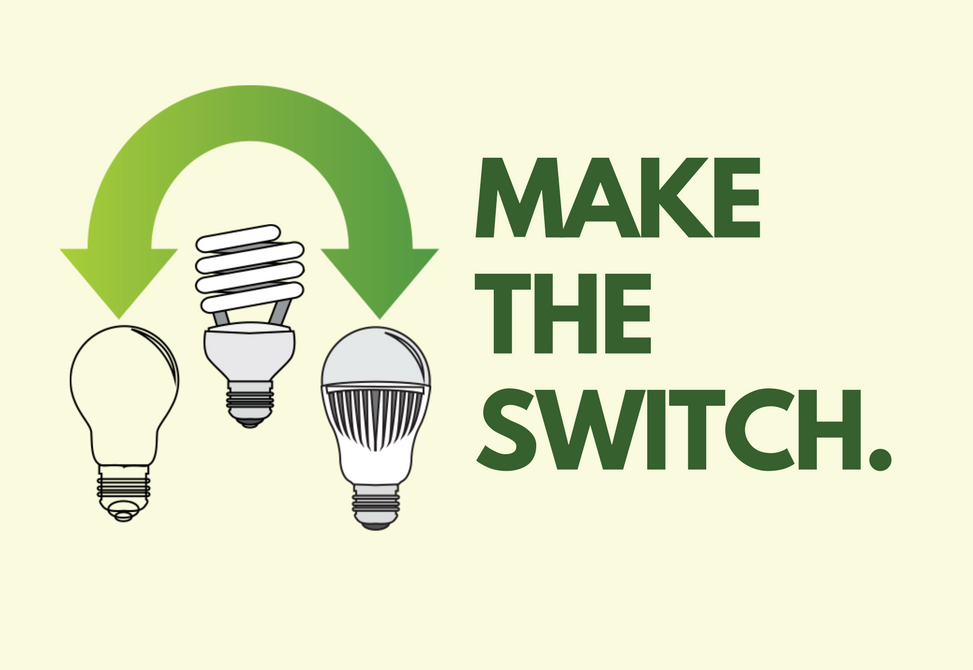We made the call and you answered! Last fall, ACPS put out a call to employees to help us replace 500 incandescent light bulbs with equivalent LED bulbs this school year. Within less than two months, we received requests to replace 574 incandescent light bulbs with LEDs! Thank you for your commitment to helping ACPS reduce it is energy cost and to all who submitted requests.
It turns out that improving energy efficiency is contagious. The City of Alexandria, inspired by our work, is now planning to have a similar challenge for their buildings. The State of Virginia’s Department of Mines and Minerals will be featuring this campaign on their website and they will be encouraging other schools to run a similar campaign.
Many Thanks to the Following Schools for Participating in the Challenge
| School | # of Bulbs Requested |
| Francis C. Hammond Middle School | 207 |
| Lyles Crouch Traditional School | 141 |
| William Ramsay Elementary School | 84 |
| George Mason Elementary School | 77 |
| T.C. Williams High School King Street Campus | 43 |
| T.C. Williams High School Minnie Howard Campus | 14 |
| John Adams Elementary School | 6 |
| James K. Polk Elementary School | 2 |
We’re Aiming for 100 Percent Participation
If your school or building has not yet submitted a request, it’s not too late. Remember if there are desk lamps, floor lamps, closets, or ceiling fans in your workspace, chances are that the bulbs are incandescent and can be swapped out. There is still time to help make a difference.
Cost Savings
By purchasing the bulbs directly, eliminating middle-men and taking advantage of our tax-exempt status, we will receive exceptional quality LED bulbs from Philips at significantly below retail cost. In addition, the Pacific New Jersey Maryland electricity grid will pay ACPS close to $3,000 in rebates over four years for changing to LED bulbs.
In 2018, we plan to do even more!
Please stay tuned for:
- Energy scorecards for schools to compare energy usage month-to-month and year-to-year
- Collaboration to convert energy efficiency projects into learning opportunities students about sustainability
- Forming “green teams” and assigning energy reduction targets
- Information on all aspects of energy consumption to school principals with active collaboration toward improved energy efficiency

